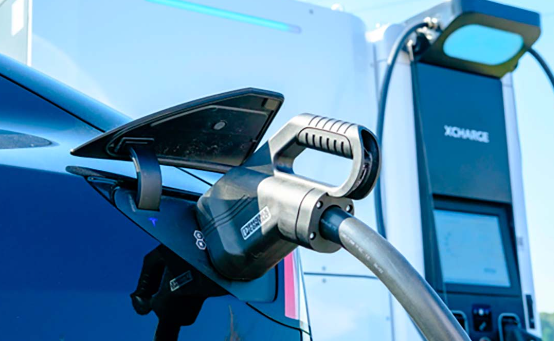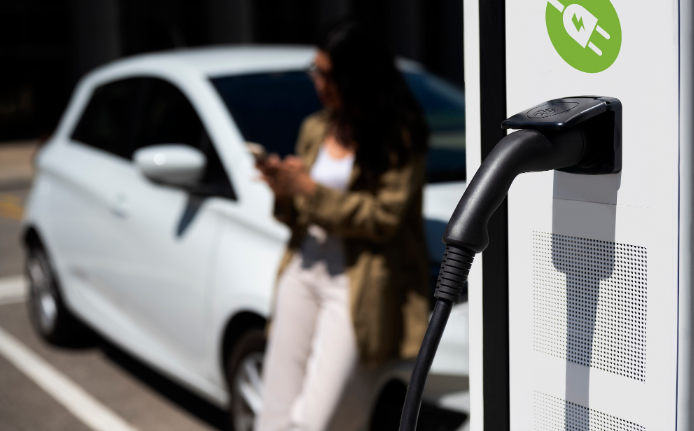The Spanish National Association of Manufacturers (Anfac), published the Electromobility Barometer, corresponding to the first half of 2023.
The study assesses the penetration of electrified vehicles and the installation of public access charging infrastructures, with respect to the 2030 target according to the Fit for 55 package of measures.
The report notes that Spain increased by one point, obtaining a total score of 12 out of 100. Although the figure is rising, it is still below the European average of 1.5.

Cars on the Road
In the second quarter of 2023, the electrified vehicle penetration indicator obtained an average rating of 18.9 points, which represents a growth of 1.5 points compared to the previous quarter. For this parameter, the European average is 38.7 points out of 100, an increase of 1.8 points.
Compared with other countries, the Spanish average is below that of the Netherlands, Germany and the United Kingdom. Portugal deserves special mention, with a four-point increase to 39.2 out of 100.
Read also: Autel Energy Opens a Mind-Blowing Innovation Center
Madrid, Navarre and the Balearic Islands are at the top of the national ranking and achieved the highest growth during the second quarter, according to the figures presented by Anfac.
Charging Points
Anfac’s analysis also looks at the evolution of the national recharging network. It shows that during the second quarter, 2,517 new public access centers have been put into operation, which by 2023 totals 4,632.
Of the total new charging infrastructure installed in the second quarter, 1,843 charging points have a capacity of less than or up to 22 kW and only 4% of the public access charging network (875 points in total) throughout Spain has a capacity of more than 150 kW.
The Anfac report also reveals that there are currently a total of 6,704 recharging points installed in Spain that are not providing service, some 250 more than those awaiting the green light in the first quarter barometer.
In most cases it is because they have not been able to connect to the electricity distribution network or because they are in poor condition or broken.







